1. inivas MR Sr, Vedaraju KS, Manjappa BH, Nagaraj BR. 2016; Persistent primitive hypoglossal artery (PPHA) - a rare anomaly with literature review. J Clin Diagn Res. 10:TD13–4. DOI:
10.7860/JCDR/2016/15556.7116. PMID:
26894148. PMCID:
PMC4740676.
2. Uchino A, Saito N, Okada Y, Kozawa E, Nishi N, Mizukoshi W, Inoue K, Nakajima R, Takahashi M. 2013; Persistent hypoglossal artery and its variants diagnosed by CT and MR angiography. Neuroradiology. 55:17–23. DOI:
10.1007/s00234-012-1074-0. PMID:
22821359.

3. Uchino A, Saito N, Kurita H. 2018; Anastomosis of the external carotid artery and the V3 segment of the vertebral artery (presumed persistent second cervical intersegmental artery) diagnosed by CT angiography. Surg Radiol Anat. 40:233–6. DOI:
10.1007/s00276-017-1906-z. PMID:
28765987.

4. Yamamoto R, Mori N, Nakae Y, Tanaka F, Johkura K. 2019; Anomalous anastomosis between the external carotid artery and vertebrobasilar artery via the hypoglossal canal: a case report and review of literature. Surg Radiol Anat. 41:849–52. DOI:
10.1007/s00276-019-02205-y. PMID:
30729985.

5. Brismar J. 1976; Persistent hypoglossal artery, diagnostic criteria. Report of a case. Acta Radiol Diagn (Stockh). 17:160–6. DOI:
10.1177/028418517601700204. PMID:
1274653.
6. Hacein-Bey L, Daniels DL, Ulmer JL, Mark LP, Smith MM, Strottmann JM, Brown D, Meyer GA, Wackym PA. 2002; The ascending pharyngeal artery: branches, anastomoses, and clinical significance. AJNR Am J Neuroradiol. 23:1246–56. PMID:
12169487. PMCID:
PMC8185735.
7. Iwanaga J, Simonds E, Choi PJ, Oskouian RJ, Tubbs RS. 2018; Anatomical study of the posterior ascending artery: application to C2 pedicle screw placement. World Neurosurg. 112:e662–5. DOI:
10.1016/j.wneu.2018.01.118. PMID:
29374610.

8. Uchino A, Saito N. 2011; Persistent hypoglossal artery arising from the external carotid artery diagnosed by MR angiography. Surg Radiol Anat. 33:543–5. DOI:
10.1007/s00276-010-0769-3. PMID:
21203762.

9. Lasjaunias P, Théron J, Moret J. 1978; The occipital artery. Anatomy-normal arteriographic aspects-embryological significance. Neuroradiology. 15:31–7. DOI:
10.1007/BF00327443. PMID:
643171.
10. Okahara M, Kiyosue H, Mori H, Tanoue S, Sainou M, Nagatomi H. 2002; Anatomic variations of the cerebral arteries and their embryology: a pictorial review. Eur Radiol. 12:2548–61. DOI:
10.1007/s00330-001-1286-x. PMID:
12271398.

11. Ascher E, Hingorani A, Markevich N, Schutzer R, Yorkovich WR, Kallakuri S, Tsemekhim B. 2003; Carotid surgery without external carotid endarterectomy: a 6-year clinical experience with 1027 cases. Eur J Vasc Endovasc Surg. 25:458–61. DOI:
10.1053/ejvs.2002.1867. PMID:
12713786.

12. Iwanaga J, Singh V, Ohtsuka A, Hwang Y, Kim HJ, Moryś J, Ravi KS, Ribatti D, Trainor PA, Sañudo JR, Apaydin N, Şengül G, Albertine KH, Walocha JA, Loukas M, Duparc F, Paulsen F, Del Sol M, Adds P, Hegazy A, Tubbs RS. 2021; Acknowledging the use of human cadaveric tissues in research papers: recommendations from anatomical journal editors. Clin Anat. 34:2–4. DOI:
10.1002/ca.23671. PMID:
32808702.

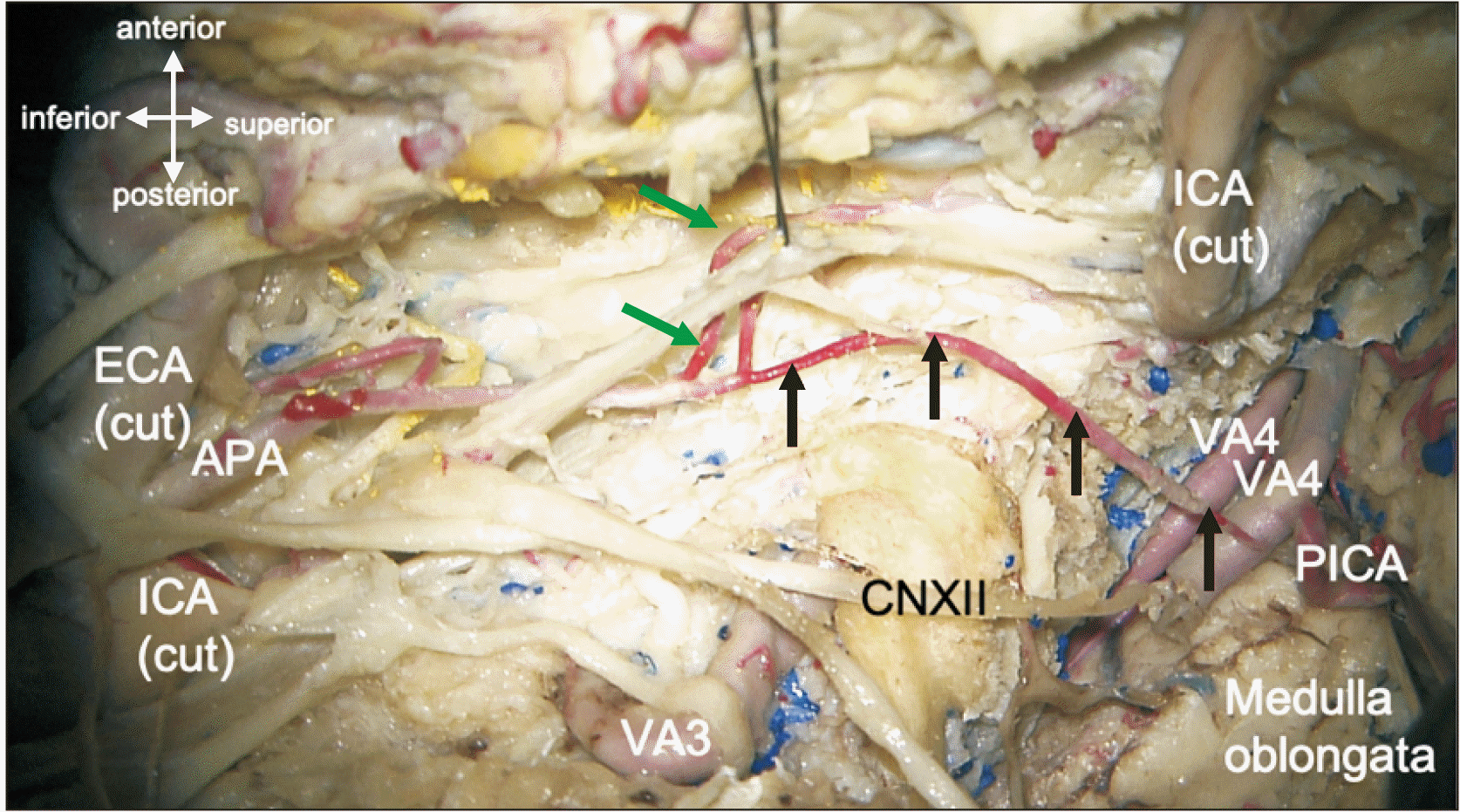
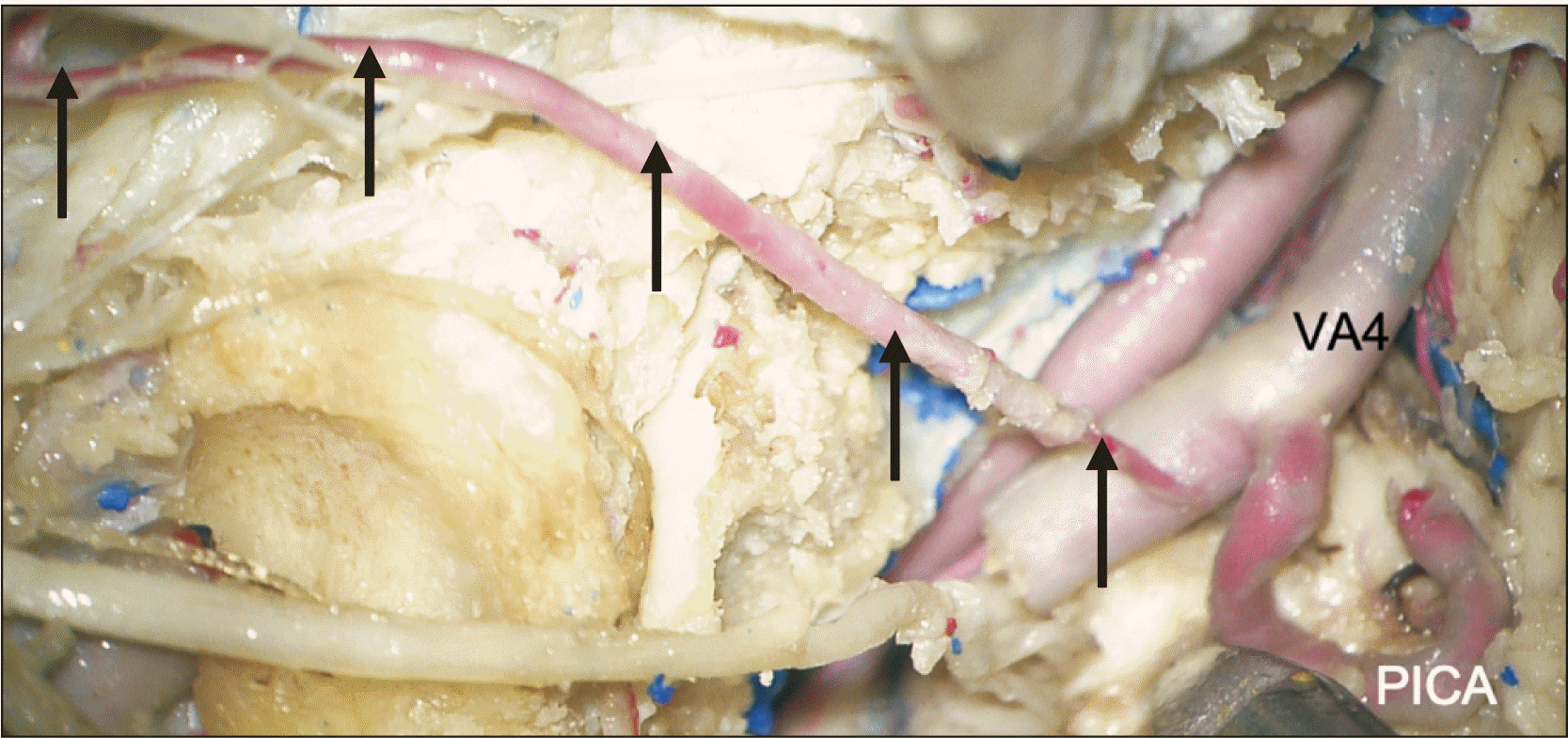




 PDF
PDF Citation
Citation Print
Print



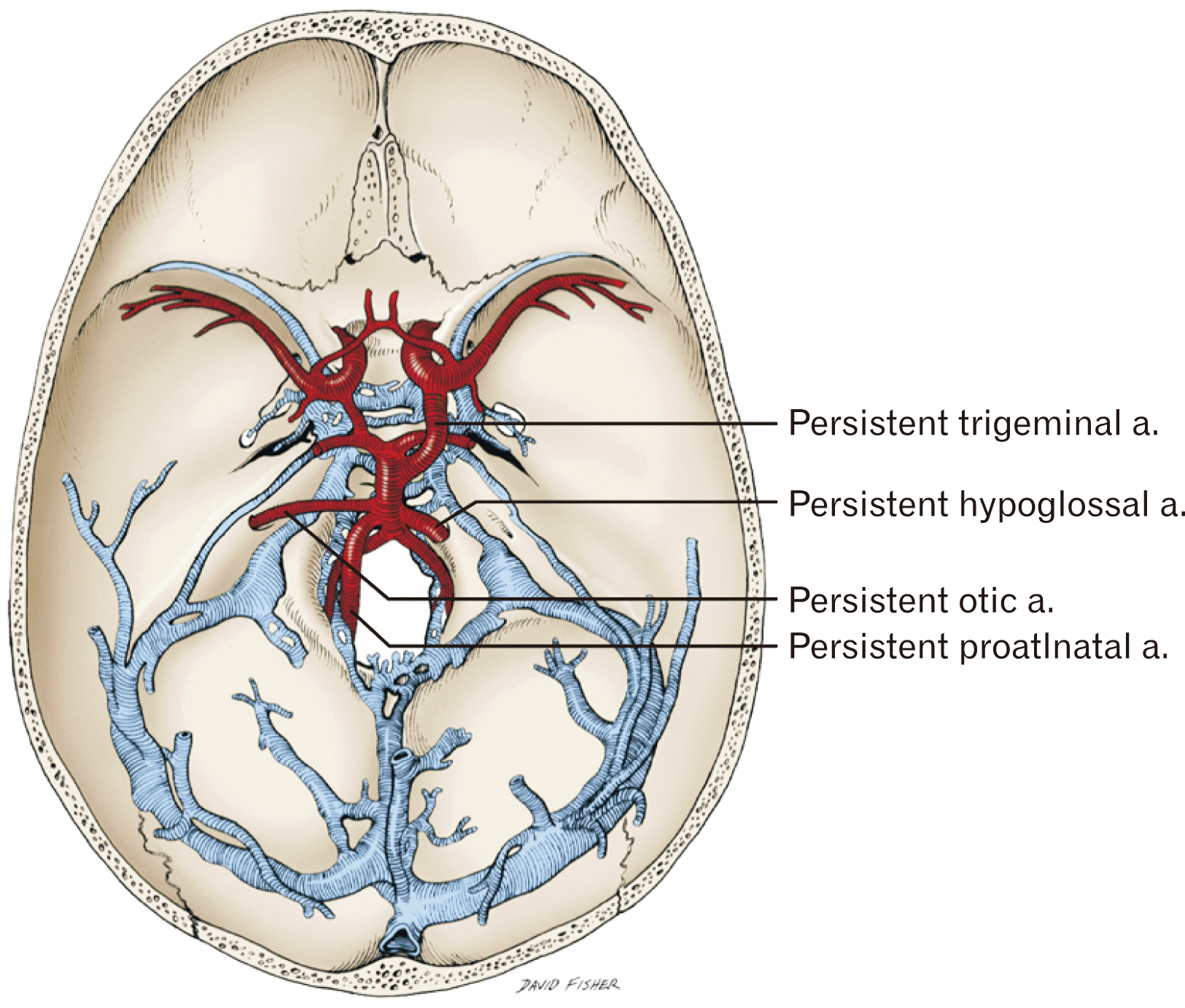
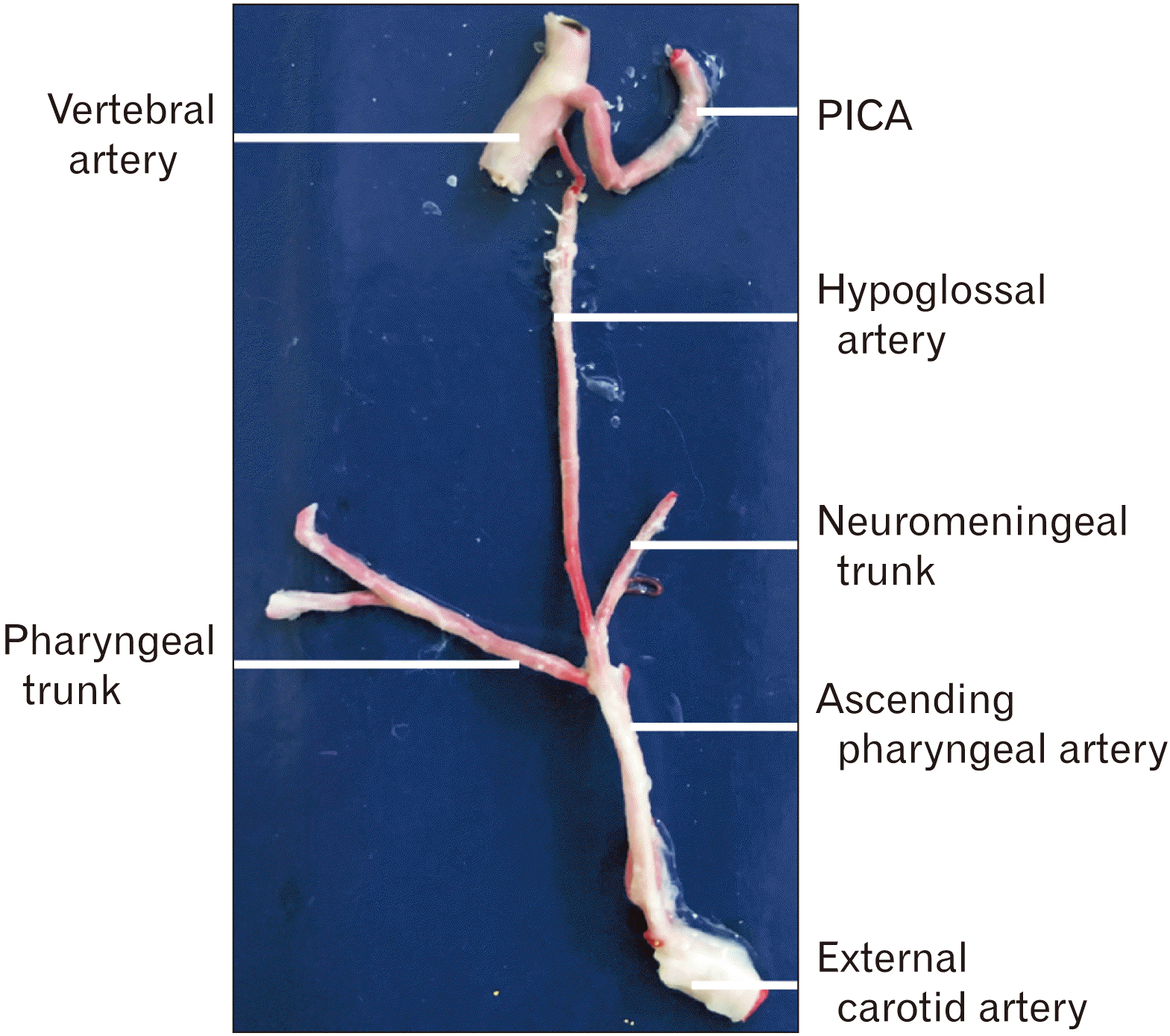
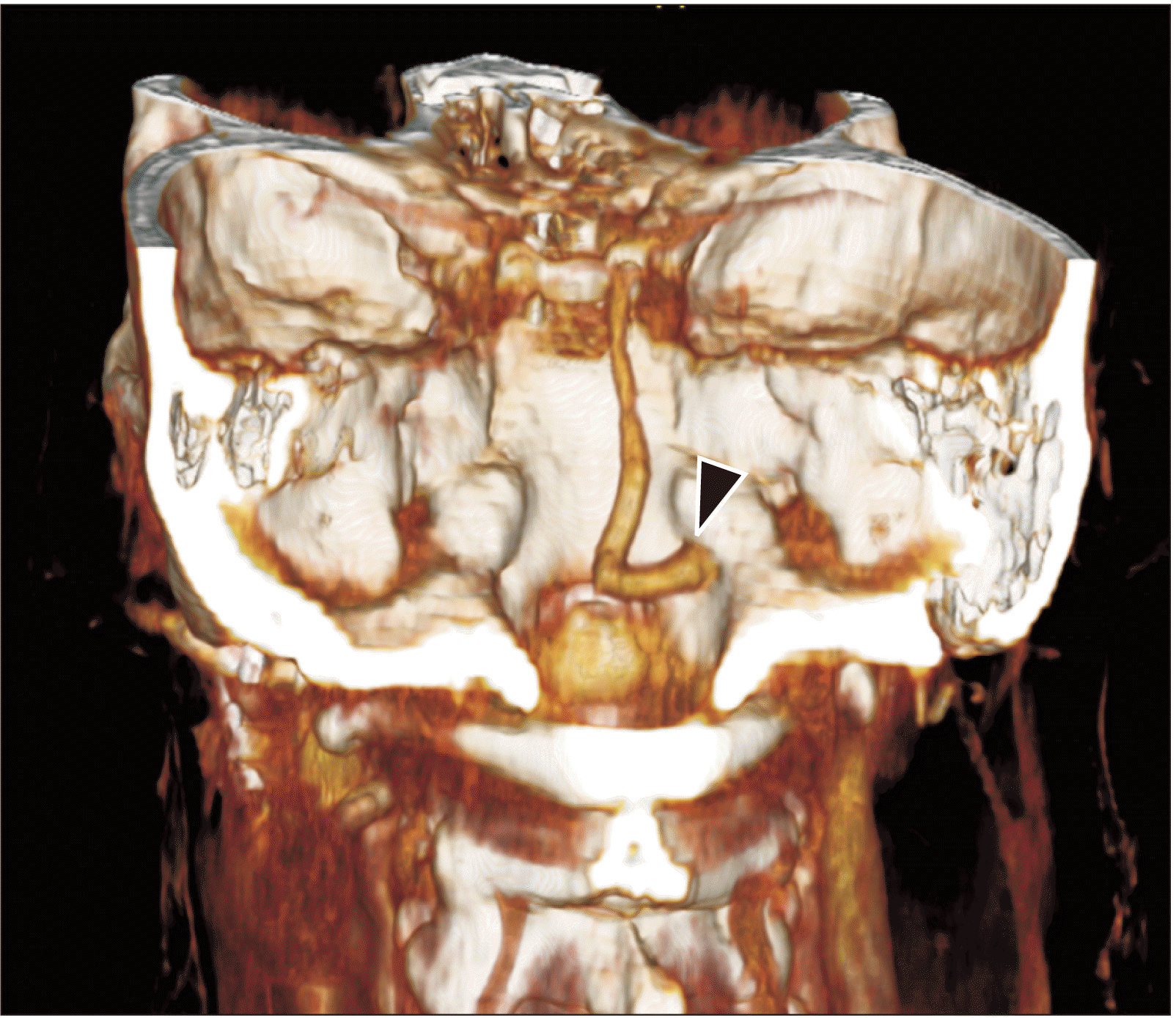
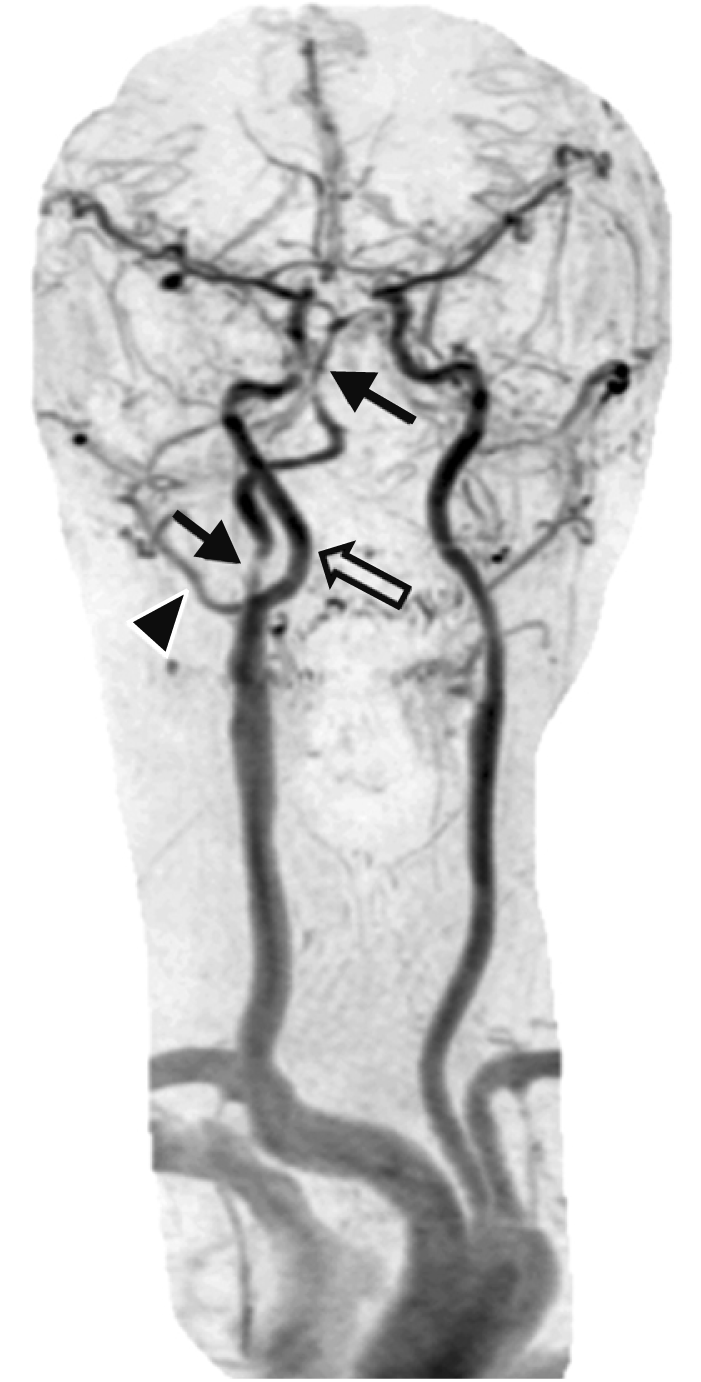
 XML Download
XML Download